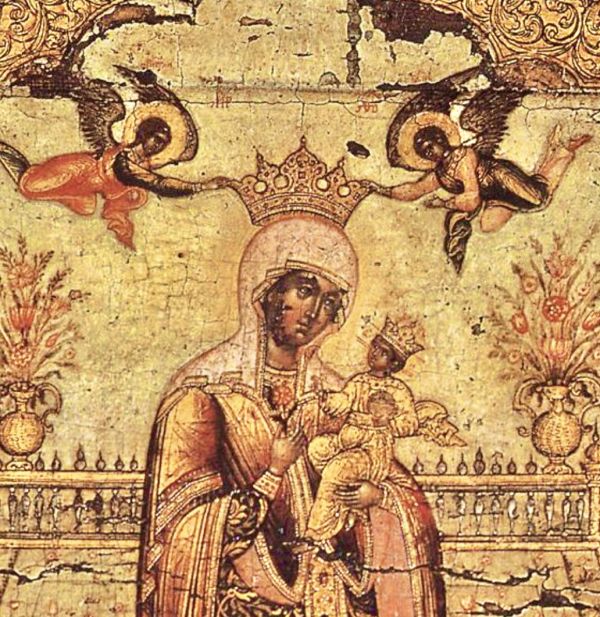The Lucan Gospel highlights Mary's visit to her cousin Elizabeth and the dance of the two Little Ones carried by special women, embraced in different ways by Grace.
Mary, the Mother of Jesus, expresses herself in the song of praise of the Magnificat, which refers back to God the extraordinary benefits received.
From the very beginning of his calling, Francis had a special and profound veneration for the Virgin Mary, Mother of the Lord.
Of her he always contemplated the mysteries in the various seasons of his life.
The Sources provide wonderful pictures in this regard.
"He surrounded the Mother of Jesus with an unspeakable love, because she had made our brother the Lord of majesty.
To his honour he sang special praises, raised prayers, offered affections so many and such that human tongue could not express them.
But what fills one most with joy, he made her the Advocate of the Order and placed her children under her wings [...] so that they might find warmth and protection there to the end" (FF 786).
"In her, above all, after Christ, he placed his trust [...] In her honour he fasted with great devotion, from the feast of the apostles Peter and Paul until the feast of the Assumption [...]" (FF 1165).
And to his daughters, dwelling at St Damian, Francis in a composition dedicated to them, concludes by saying:
"Those who are aggravated by infirmity/ and the others who for their part are fatigued/ all of them be sustained in peace,/ for you will sell this toil dearly,/ and each one will be queen/ in heaven crowned with the Virgin Mary" (FF 263).
And Clare, when she began her journey of faith following Francis, was received by him and his friars at the altar of the Blessed Virgin at the Portiuncula. Moreover, that same Mother, at the moment of her passing, came to take her, appearing to her by her bed.
Mary was for Clare a model to follow throughout her life, so much so that in the Letter of Introduction to the Legend, in the Sources, we read:
"Let men therefore follow the new followers of the Incarnate Word: let the women imitate Clare, the imprint of the Mother of God, the new guide of women" (FF 3153).
Francis and Clare assumed Mary, the Mother of God, into their daily lives to be assumed by Christ into heavenly glory.
«My soul magnifies the Lord [...] for he has looked upon the lowliness of his servant. For behold, henceforth all generations shall call me blessed» (Lk 1:46, 48a)
Assumption of the Blessed Virgin Mary (Lk 1:39-56)












